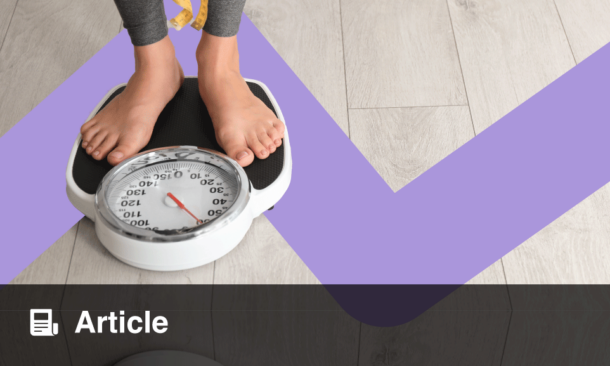ADULTS with diabetes and obesity in the USA are increasing in proportion; prevalence of obesity class I, class II and class III have all increased between 1999 and 2020, as fewer adults with diabetes achieve glycaemic control. The lead researchers, Gang Hu and Donna Ryan, of the Pennington Biomedical Research Centre, USA, described this as, “a call to action.”
Data examining 6,605 adults aged 20 years or over was collected from the National Health and Nutrition Examination Survey (NHANES), using four-year intervals and one six-year interval to pool the study: 1999–2002, 2003–2006, 2007–2010, 2011–2014, and 2015–2020. Measurements included were BMI, waist circumference, HbA1c, blood pressure, cholesterol, and triglycerides, where all participants completed self-administered questionnaires. Medication use was self-reported and categorised as: glucose-lowering, blood pressure-lowering and lipid-lowering.
A mean increase in BMI was observed from 31kg/m2 in 1999–2002 to 32.6 kg/m2 in 2015–2020, with increasing percentages of obesity class I (22.5% to 26.5%), obesity class II (14.1% to 16.6%) and obesity class III (10.3% to 14.8%). Over the same period, the prevalence of adults with central obesity, defined as waist circumference of at least 102 cm for men and 88 cm in women, also increased from 72.9% to 79.1%. Mean HbA1c declined from 1999–2002 to 2007–2010, before increasing for the remainder of the study period, for adults with normal weight this measure decreased across the whole study from 7.85% to 7.26%. Systolic blood pressure was stable throughout for adults with normal weight, meanwhile those who were overweight or obese experienced a decrease from 1999–2002 to 2015–2020. Non-HDL cholesterol decreased consistently for all BMI categories, but proportion of those achieving a score of less than 130 mg/dL increased across the entire period. The percentage of adults achieving all three of the American Diabetes Association’s recommendations for glyaemic, blood pressure and non-HDL cholesterol increased from 8.3% in 1999–2002 to 21.2% in 2011–2014, before declining to 18.5% in 2015–2020. The percentage of adults using lipid-lowering medications nearly doubled from 27% in 1999–2002 to 53.9% in 2015–2020.
The researchers stressed that the key to reducing obesity prevalence is for adults with diabetes to access better support in their weight-loss efforts from healthcare providers, especially from primary care. Hu and Ryan stated, “The advent of newer medications for management of glycaemia with robust weight-loss effects and newer medications for weight management may be helpful to clinicians in addressing weight as a pathway to better diabetes management.”










